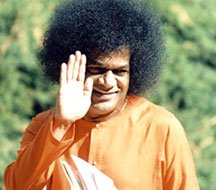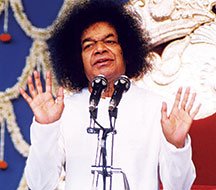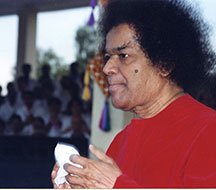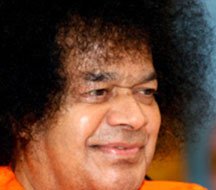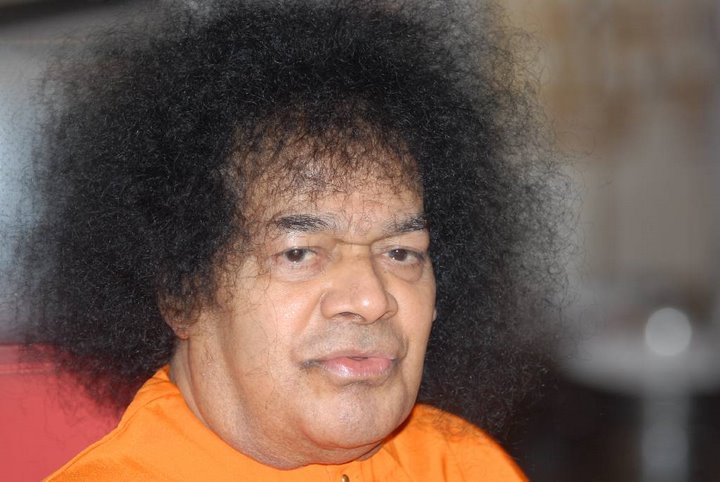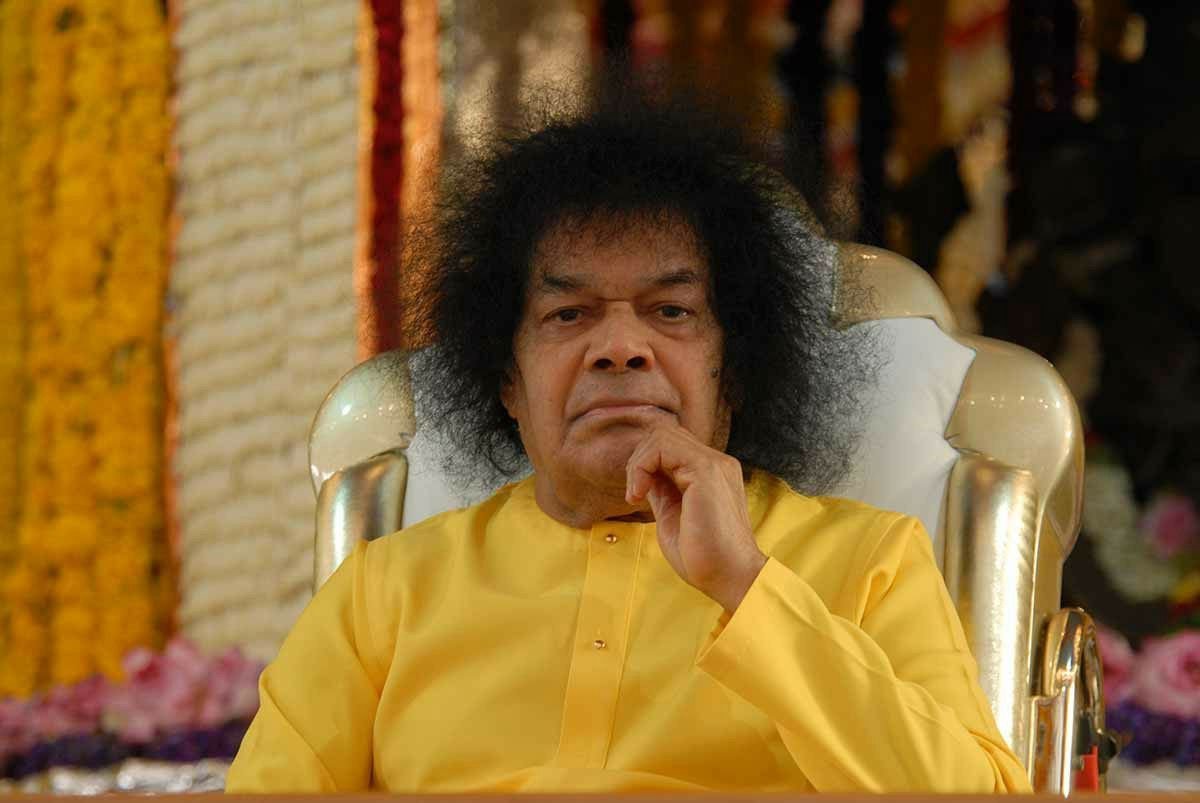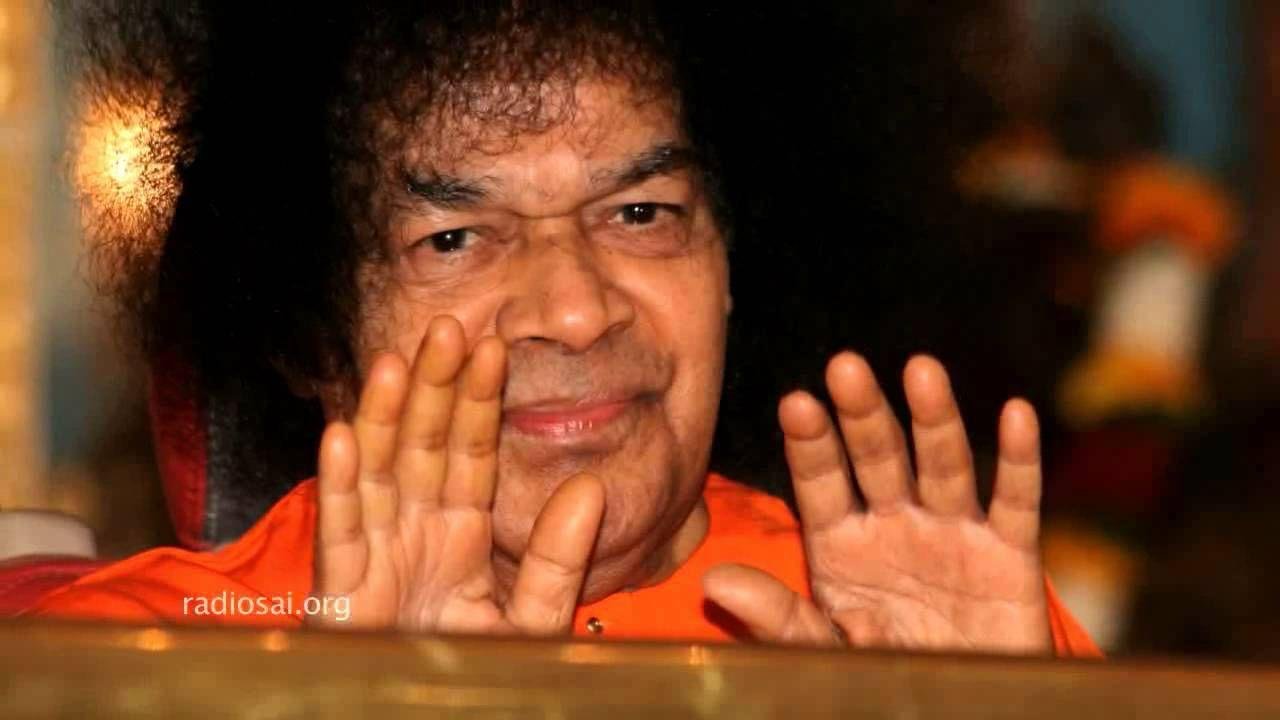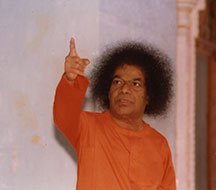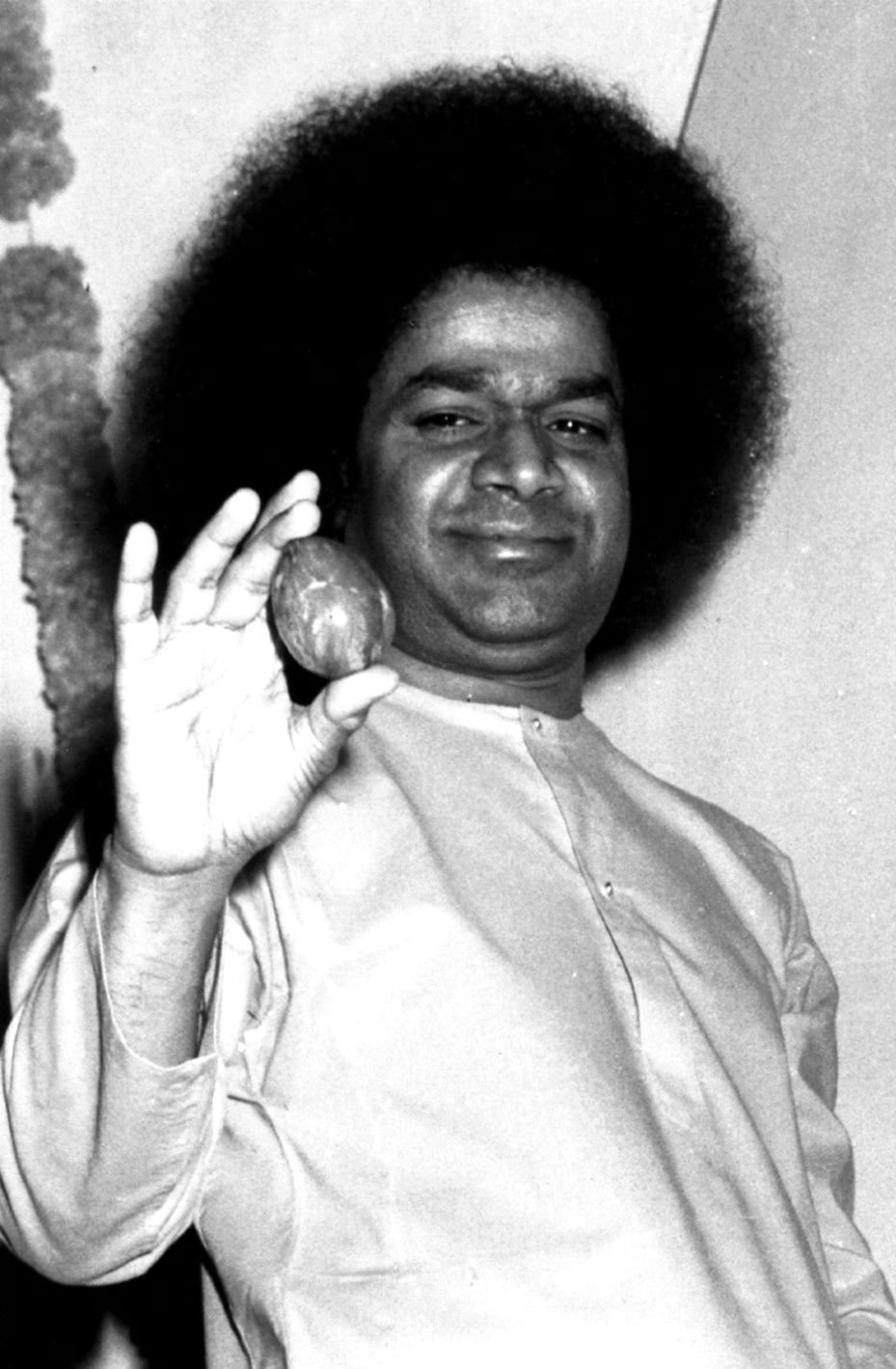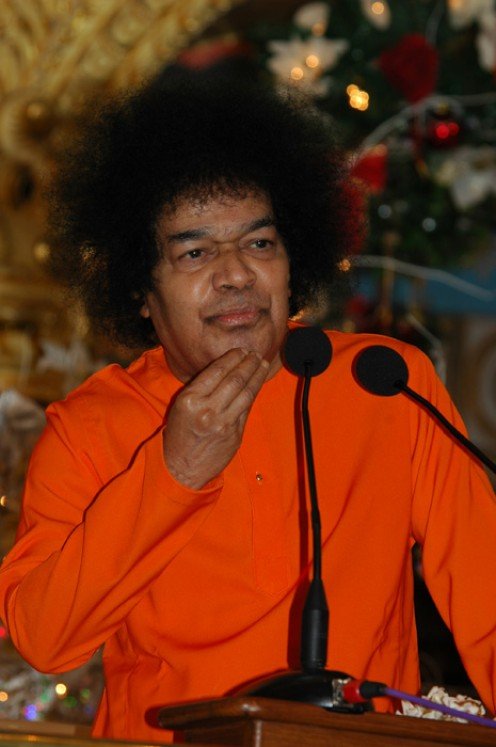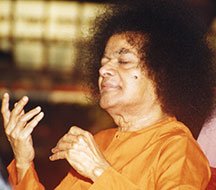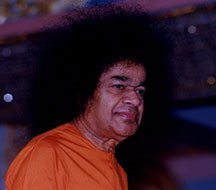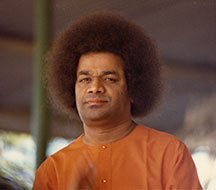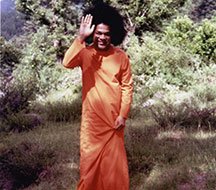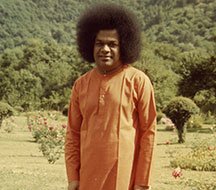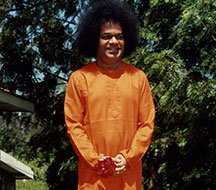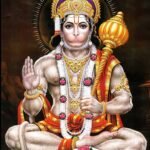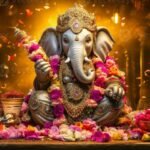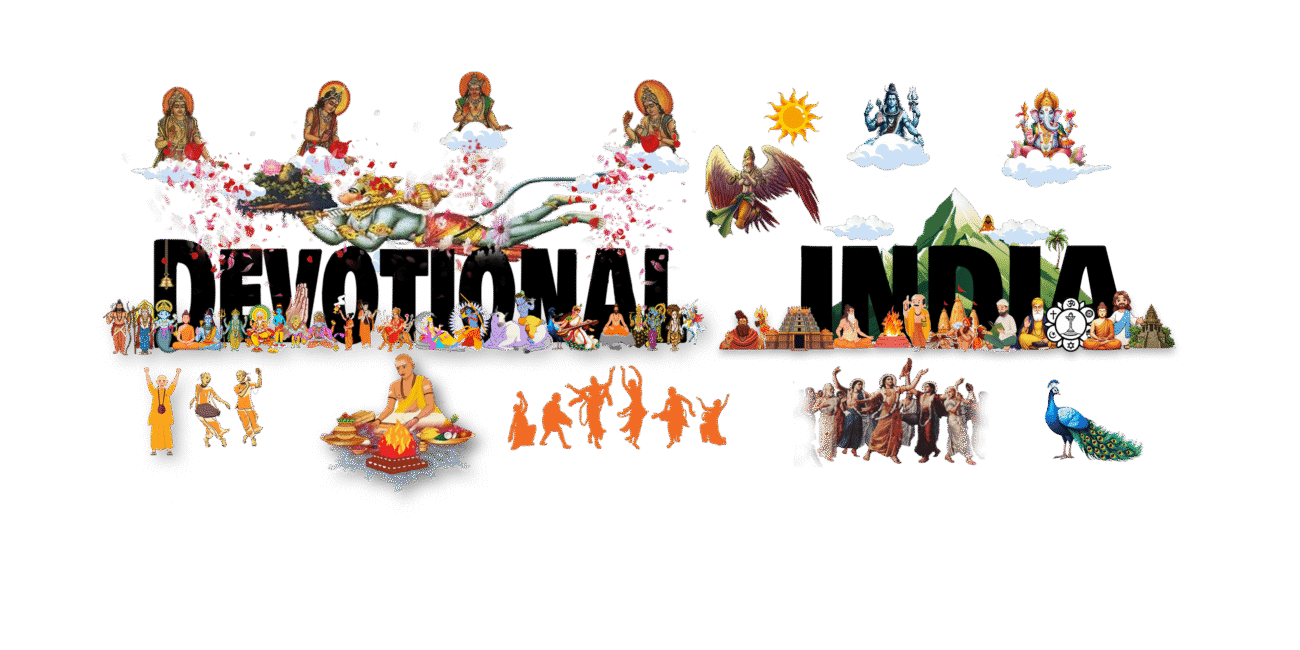Shri Lahiri Mahasaya

Lahiri Mahasaya’s birth is so significant because without his birth and without his life,
we would not be here, meditating today. We would not have the Kriya yoga technique. Not only was he so integral in getting Kriya available to many people, but he was also an example of how Kriya yoga is applied in our daily life. He was born as we all know, “Shyama Charan” which means at the feet of Divine Mother. I suspect that it was the beginning of Diwali that his mother offered this child of hers at the feet of Divine Mother as Divine Mother’s child and not as her own. It is so interesting that even later in his life as an adult, the great Trailinga Swamy who knew Lahiri Mahasaya very closely said about him, that he was like the Divine kitten going wherever the Cosmic Mother placed him.
I think there was really a deep truth to this aspect of Lahiri Mahasaya
he had this incredibly benign soft nature in a certain way, but really, that was just a role that he was playing. We give a lot of emphasis to the fact that he was a householder and an accountant – really what it was, is that he was every man, he was every person in some ways. I think it was less that he was a householder or an accountant but more that he was not a baba.
When you look at the people who came to him for counselling, they were family people – householders. And if a family person came to a Baba who lived up in the Himalayas and you know that he was never with people and didn’t have life experiences of a householder. If he tells a Baba “I’m having family issues. This is going on in my family life – what should I do? And, if the Baba said, “do more Kriya”, this house holder person will look at the Baba, who says you can do more Kriya, and will tell him, “how is that going to help me raise a family by doing more Kriya?” But, if you go to Lahiri Mahasaya and he would say “do more Kriya”, they can look at that person and say, “yes he knows what I’m going through – as strange as it sounds” – and about his advice to “do more Kriya” – “I know he knows what he’s talking about – he has the experience of raising a family, having a career and a life”.

This whole thing of doing more Kriya is such an interesting thing – I want to touch on it, because sometimes I think we think too often that Kriya is some magical thing – that it’s like you are putting some money in a machine and pulling the lever and the answer comes out if we just mechanically do some Kriyas, but it’s much more than that.
What Kriya does is it puts us into the uplifted state of consciousness. If we do it correctly, that’s where all answers are where solutions are found. That is why Swami Kriyananda talked about the superconscious state as a solution state because it’s the intuitive state and through intuition we find answers.

Lahiri Mahasaya Arrives in Ranikhet
After several days of travel, Shyamacharan reached Ranikhet, a secluded and serene location. At the time, the Public Works Department, under British governance, was engaged in road construction projects to improve communication in the region. Enchanted by the pristine environment, snow-capped peaks, and tranquil surroundings, Shyamacharan would often take evening walks after finishing his work.
The First Meeting with the Babaji
One evening, while on his usual stroll with sepoys and peons, Shyamacharan heard someone calling his name from a distance. He soon saw a young Sadhu standing atop a small mountain, beckoning him. The sadhu descended and said, “I knew you would come this way, so I have been waiting for you. My cave is at the top of this mountain. Come to my cave tomorrow after your office work.”
Memories from a Past Life
That night, Shyamacharan could not stop thinking about the encounter with the Sadhu. Although he had heard stories of robbers disguised as sadhus, he was puzzled by how the monk knew his name. The next day, after finishing his work, Shyamacharan set out alone to meet the sadhu, walking through a dense forest. However, he lost his way and, unsure of where to go, sat on a rock in confusion. Suddenly, he heard the monk’s voice calling, and following the sound, he reached the cave.
The sadhu asked, “Shyamacharan, do you recognize me? This is where you practiced intense meditation in a previous life. This tiger skin mat and water pot belong to you. Don’t you remember?” Though intrigued, Shyamacharan could not recall anything and asked for forgiveness. The sadhu responded, “Mahamaya has made you forget, but don’t worry, you will remember everything.” He touched Shyamacharan, and a thunder-like energy coursed through his body, awakening memories of his past lives. Shyamacharan recognized the sadhu as his Guru from a previous birth.

Shyamacharan was initiated into Kriya Yoga by his Guru in a cave in the Dronagiri mountain, under the Dwarahat range, 15 miles from Ranikhet. This initiation marked the beginning of a new era in the world of self-realization, as the ancient science of Kriya Yoga, previously hidden, was now destined to benefit millions of householders and ascetics alike.
After his meeting with his Guru in Ranikhet, Shyamacharan was transferred to various places, eventually settling in Danapur. During his time there, he practiced rigorous Kriya Yoga in secret, ensuring that no one knew of his nightly routine. He continued his Kriya practice diligently, never allowing laziness to take hold, and despite his intense meditation, he remained physically strong.
One day, Shyamacharan noticed that his superior officer (Sahib) was distressed and inquired about his troubles. The Sahib explained that his wife, who was in England, was gravely ill. Moved by compassion, Shyamacharan entered a room and began intense meditation. After some time, he emerged and assured the Sahib that his wife would recover, and he would soon receive news confirming this. The Sahib, skeptical, dismissed the prediction.
However, a few days later, the Sahib received a letter from his wife, confirming her recovery—just as Shyamacharan had foretold. The Sahib’s wife later traveled to Danapur, where she recognized Shyamacharan as the figure who had stood by her bedside during her illness. Overwhelmed with gratitude, the Sahib came to revere Shyamacharan’s supernatural abilities.

The renowned homeopathic physician Gopalachandra Bandopadhyay, a disciple of Yogiraj, often visited the famous saint Tailang Swami, known as the “walking Shiva” of Varanasi. One day, Gopal Babu invited Yogiraj to meet Tailang Swami. When Yogiraj arrived at the Panchganga Ghat Ashram, Tailang Swami, who was always silent and composed, rose excitedly and embraced him. The two yogis stood in silence for some time, sharing a profound connection. After Yogiraj left, Tailang Swami’s disciples, amazed by his reaction, asked why he had behaved so unusually. He replied, writing on a slate, “He has realized the supreme truth while remaining a householder, a truth that renunciates seek by giving up everything.”
Kashimoni Devi, Shyamacharan’s wife, was unaware of the heights her husband had reached in his spiritual practice. One night, unable to find him, she searched and discovered him levitating in Padmasana (lotus posture). Overcome with emotion, she prayed for his forgiveness, realizing that she had unknowingly committed mistakes. The next day, she asked for initiation into Kriya Yoga, which Shyamacharan granted.
Yogiraj often took morning baths at Rana Mahal Ghat with his devotee, Krishnaram. One day, as they walked back, Yogiraj asked Krishnaram to tear a piece of cloth. Moments later, a brick fell from a roof and struck Yogiraj’s foot, causing a small injury. Krishnaram, puzzled, asked why Yogiraj hadn’t avoided the brick if he knew it would fall. Yogiraj smiled and replied, “If I had avoided it now, I would have had to repay this debt later, with interest. It’s better to exhaust one’s prarabdha (destiny) as soon as possible.”
Yogiraj disliked publicity and never agreed to be photographed. However, some devotees insisted on having his photograph taken, so they hired a photographer. Despite several attempts, the camera failed to capture his image, as if an invisible force was preventing it. Only after Yogiraj consented did the camera finally succeed. The photograph that exists today is the sole image of Lahiri Baba, taken by Gangadhar Babu.
Abhaya, a disciple of Lahiri Baba, came to him with the hope of becoming a mother. Yogiraj predicted that she would give birth to a daughter but instructed her to keep a lamp lit in the delivery room until sunrise. Exhausted after childbirth, Abhaya fell asleep, and the lamp nearly went out. At that moment, Yogiraj appeared at the door and reminded her to replenish the oil. Upon realizing that he had come in his astral form to fulfill his word, Abhaya was overwhelmed with gratitude.
Yogiraj instructed every Kriyaban to read the Gita daily, describing it as the soul of India. He explained the Gita’s verses in the light of Kriya Yoga and distributed copies among his disciples. His interpretations were compiled by advanced disciples, including Panchanan Bhattacharya, and are now available in the book Spiritual Interpretation of the Gita.


